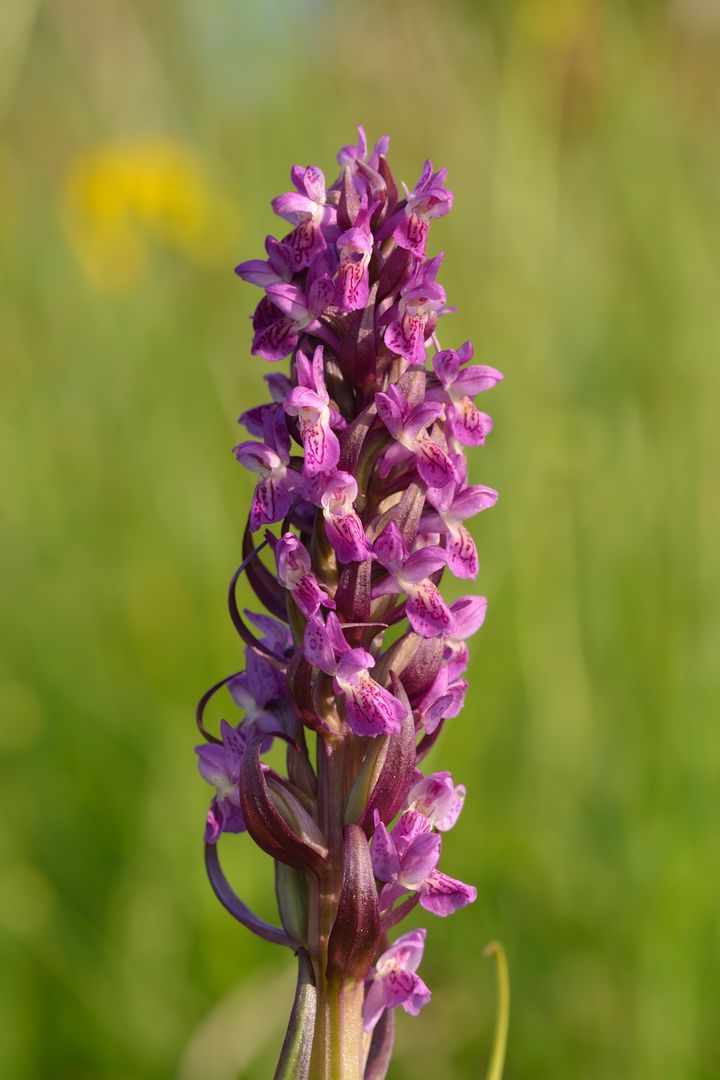Wawer Bend
6.67

Overview
Zakole Wawerskie is an extensive wetland area in Warsaw, located south of the intersection of Siekierkowska Route and Ostrobramska, Płowiecka, and Trakt Lubelski streets. This area, part of the Vistula River floodplain, is characterized by a rich ecosystem, including an old river channel of the Vistula and open wetlands. Zakole is one of the most important ornithological sites in Warsaw, with around 130 bird species, including approximately 70 breeding species. Among them, one can spot the Western Marsh Harrier, Corn Crake, Black Woodpecker, or Penduline Tit. In addition to its abundant fauna, the region also stands out for its floral biodiversity, featuring strictly protected plants such as orchids and broad-leaved helleborines. The northern part of Zakole, which holds the highest natural value, is protected as the "Zakole Wawerskie" natural and landscape complex. From a historical perspective, the area was flooded by the Vistula River until the early 20th century, when a flood embankment was constructed. During the November Uprising in 1831, the First Battle of Wawer took place here. The vicinity also features several historical monuments, such as the Napoleonic Inn, an insurgent cross, and a church from 1888. Interestingly, Zakole Wawerskie was historically an area of frequent floods and has been the site of complex water management history. The area is surrounded by numerous canals and water reservoirs, further enhancing its natural and recreational value. Although it is a protected area, it faces threats from private investments and infrastructure development, raising concerns about the future of this unique place.
Location
Tickets
Powered by GetYourGuide
2025 Wizytor | All Rights Reserved